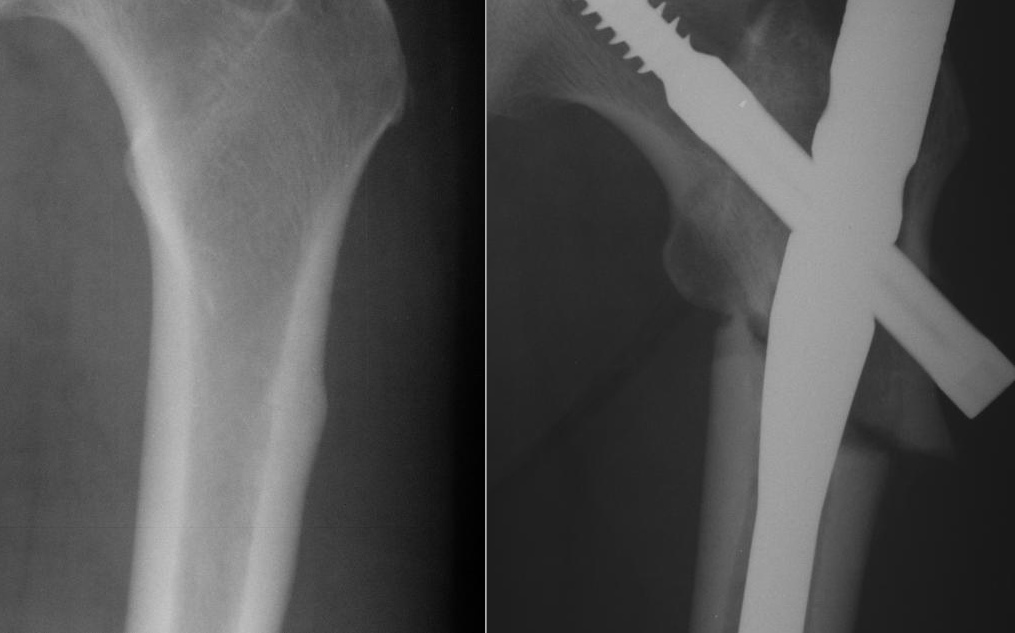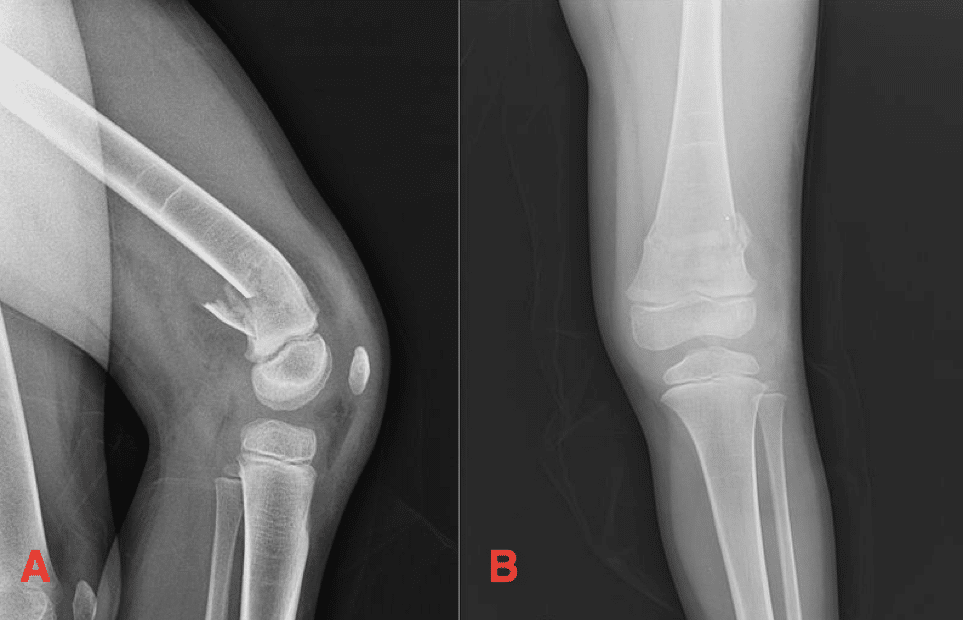

In bedridden patients, osteosynthesis might be an option to establish transferability from bed to chair and the restroom. Osteosynthesis is suitable for biologically young patients with non-dislocated fractures, whereas total hip arthroplasty and hemiarthroplasty are the main options for biologically old patients and displaced fractures. For femoral neck fractures, the Garden classification is used to differentiate between non-displaced and displaced fractures. The operative management of intertrochanteric and subtrochanteric fractures favours intramedullary nailing. Adequate pain medication, balanced fluid management, delirium prevention and the operative treatment choice based on comorbidities, individual demands and biological rather than chronological age, all deserve particular attention to improve patients’ outcomes.

To deal with the exceptional needs of the elderly, the development of orthogeriatric centres to support orthogeriatric co-management is mandatory. Peri-operative management must be handled attentively to avoid complications and decrease mortality rates. This is a result of the demographic change that is expressed by the increasing proportion of elderly people in society. As one of the leading causes of elderly patients’ hospitalisation, proximal femur fractures (PFFs) will present an increasing socioeconomic problem in the near future.


 0 kommentar(er)
0 kommentar(er)
